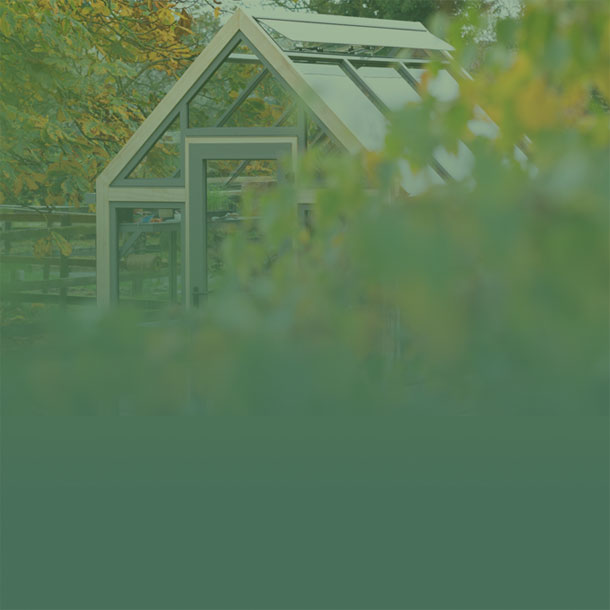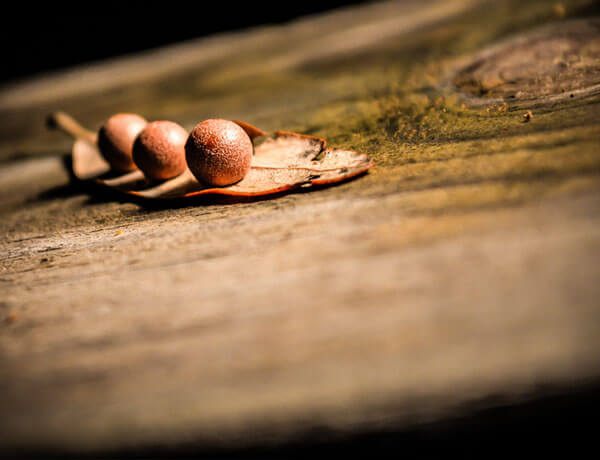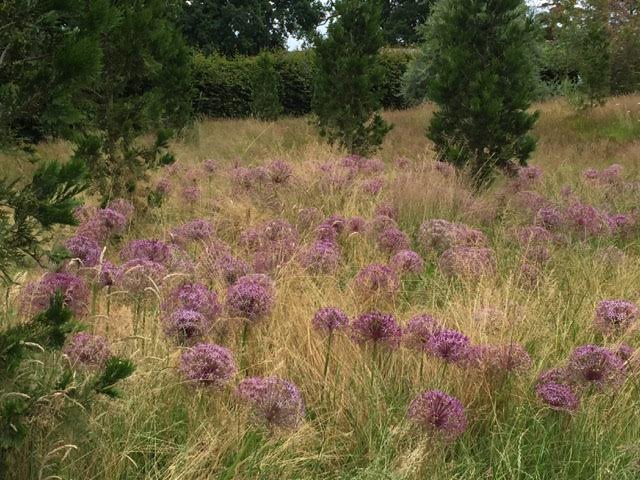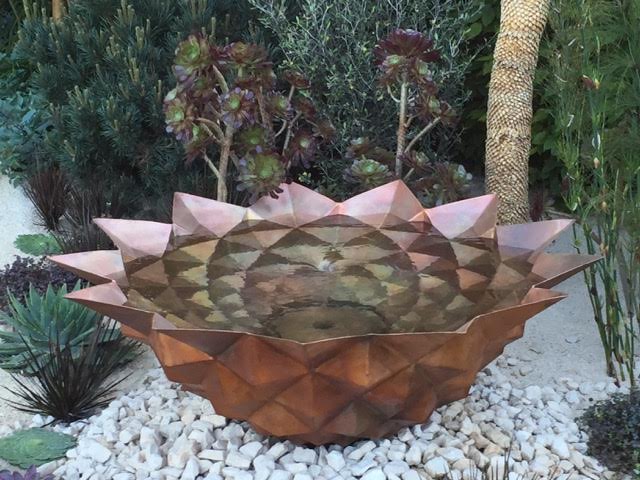-
The Garden Forager
Foraging is all the rage these days, but it has also started to get a bit of a bad name as unscrupulous foragers plunder the countryside for plants and fungi to sell to restaurants. Of course, not all countryside foraging is bad, there is a long tradition of picking fruit from the hedgerows – blackberries, sloes, rosehips, elderflowers and elderberries to make into pies, jams, wines and cordials and provided foraging is done responsibly it is a thoroughly enjoyable and productive pastime. But it is also possible to forage closer to home – in fact in your own garden. Some plants arrive spontaneously (mainly weeds), some will be there already and some you can plant for both their appearance and as a food source. All gardens contain plants that were foraged in the past since all our fruit, flowers, herbs and vegetables are improved forms of their original wild ancestors.
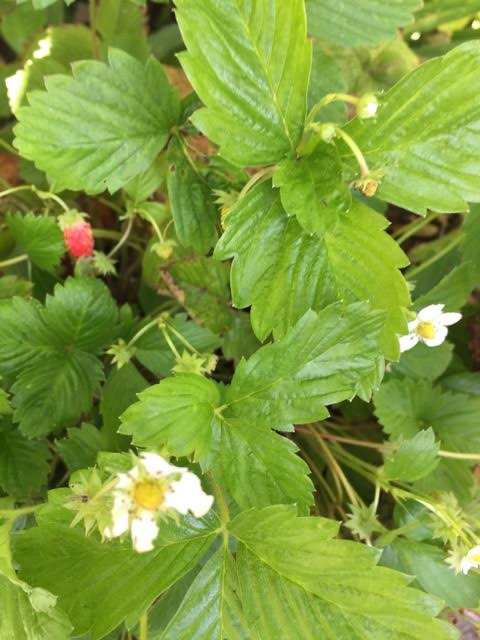
Wild strawberries

Dahlia
Some words of caution though – firstly it is essential that you know what you are picking and that you have checked that it is edible. Secondly, it is also advisable to try a small quantity first to make sure you don’t have a particular sensitivity. Thirdly, there is a reason why many foraged plants aren’t cultivated in our gardens – edible doesn’t necessarily mean palatable, for example dahlia tubers can be eaten, but given how much tastier and more productive potatoes are, why bother? Some plants have a tendency to take over the garden – however delicious a spring picking of wild garlic may be, don’t be tempted to bring it into the garden, it is rampant and smells rank once it has flowered. Then there are those that are very fiddly to harvest – for example pheasant berries, as well as those where you will be competing with the wildlife – amelanchier fruit is much loved by the birds, so why deprive them of them when you have no real need of them.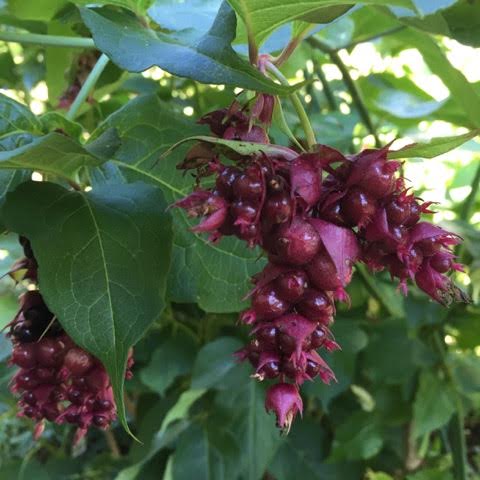
Pheasant berry Leycesteria formosana
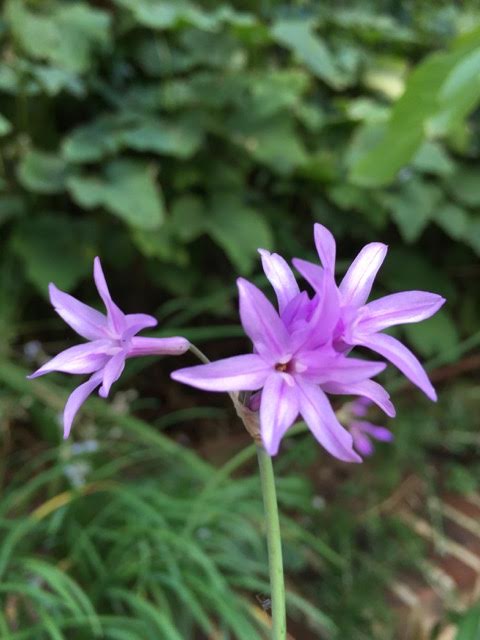
Society garlic Tulbaghia violacea
I had a wander round the garden seeking out the plants that I forage from time to time. Wild strawberries self-seed and send runners out in several areas – they make pretty ground cover and tasting their sun-ripened fruit is one of the great pleasures of the garden, but I don’t think any have ever made it as far as the kitchen. I do from time to time pick the young bud of a day lily to munch on for its pleasant peppery taste and I pick edible flowers to enliven my salads – nasturtium flowers, marigold petals, sage flowers (remove the calyx), primroses, violets and best of all Tulbaghia violacea which is also known as Society Garlic for it’s delicate flavour. Bay trees grow like weeds here, so I have an endless supply of fresh leaves, winter purslane has self-seeded and puts in a regular appearance as a valuable addition to salads through the cold months and the Japanese quince fruits well, although I don’t often use them as I also have a true quince. I use both scented leaf geraniums and lemon verbena in syrups for fruit salads and they can also add their fragrance to a sponge cake if you put a leaf or two in the bottom of the cake tin.
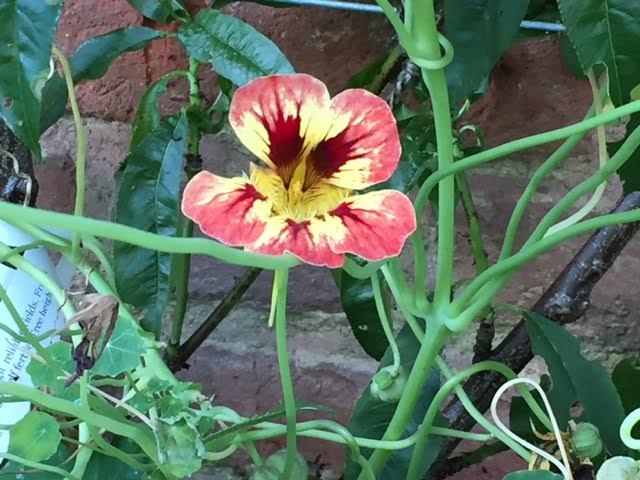
Nasturtiums
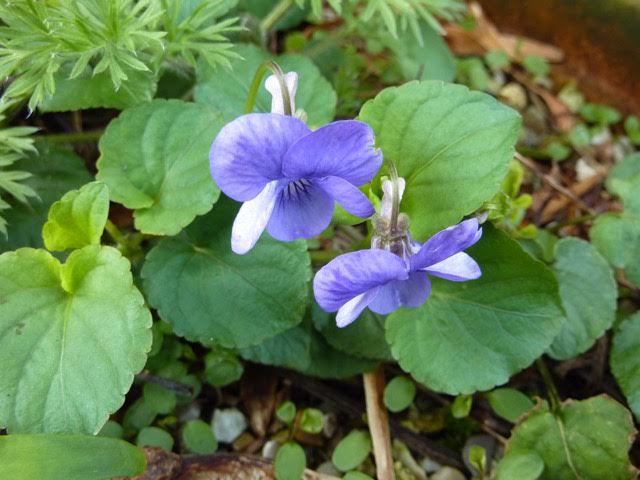
Violets
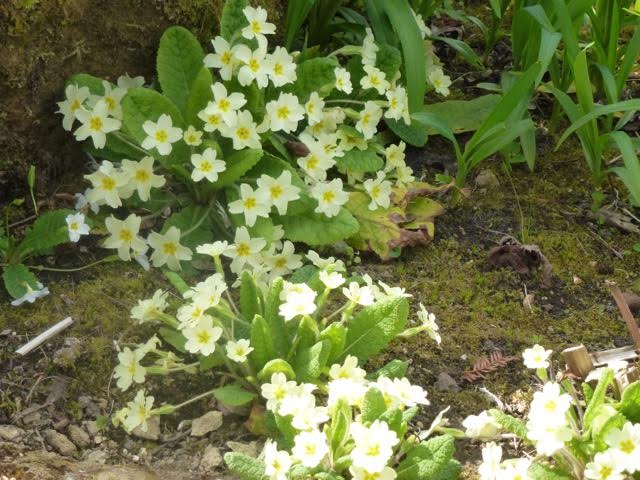
Primroses
Back in my commune-living hippy days I made wine from dandelions, picked young nettles for soup, cooked chenopodium (fat hen) as a spinach substitute and generally experimented with wild food and living off the land. I loved every moment, but these days foraged foods are very much an incidental in my diet, but I would encourage everyone to get a bit experimental and try something new. It could also be a form of weed control – the Romans cooked and ate ground elder roots; apparently you can make a pie out of young Japanese knotweed shoots and the increasingly invasive three-cornered leek Allium triquetrum can be used like a miniature leek. Weeds are credited with high mineral and antioxidant properties and will certainly be more nutritious than chopped up pre-packaged supermarket vegetables. There are good recipes and guidance at eatweeds.co.uk. Maybe it’s time for us all to go a bit wild in the garden.
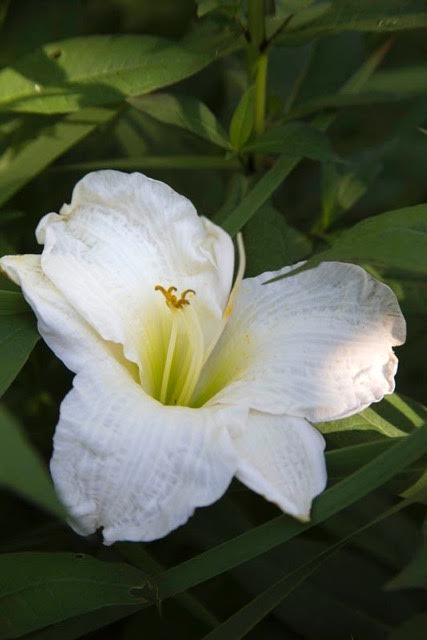
Daylily

